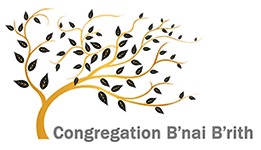NOTE: Each holiday begins and ends at sundown on the days listed.
The Jewish calendar is a map of our people history, connection with the land and its cycles, and in many ways our link to the future.
As the great Zionist thinker and ideologue, Ahad HaAm famously said, “More than Jews have kept Shabbat, Shabbat has kept the Jews.” The same is true of our sense of sacred time as transmitted through our calendar.
We live a life and create a home in which there is a sense of “Jewish time” by savoring Shabbat in some way, hanging a Jewish calendar on the wall, celebrating the holidays, listening to Jewish music, or saying Sh’ma at night. These are ways that we know what time it is according to the ancient and modern ways of our people and each person and family will find his or her own way to enter the Jewish calendar.
On another level, the Jewish calendar is an opportunity for deep spiritual growth. On Rosh Hashanah, our Jewish New Year we are invited to think about the creation of the world and in many ways our own potential and rebirth. Between Rosh Hashanah and Yom Kippur we are given ten days to contemplate our relationships, seek out forgiveness and reunite with our best selves. Sukkot we venture outside, out of the comfort zone of our home to reconnect with nature and sleep under the stars.
Each holiday is an invitation to explore and evaluate:
- Where am I in my life?
- What are my personal goals?
- What relationships are working in my life and which ones need some attention?
- How do I feel about prayer and Gd?
- What is my relationship with death?
- When do I feel joy and delight?
- Is rest and relaxation part of my weekly life rhythm?
These are some of the questions that the Jewish calendar asks us to grapple with both personally and as a community. After all, as Jews, questions and questing are at the core of our lives.
